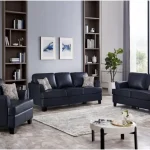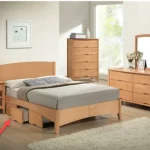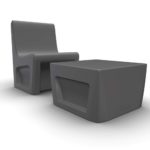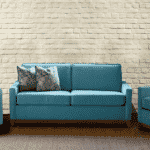Vinyl vs Leather Seats: Which Works Best in Behavioral Healthcare Environments?
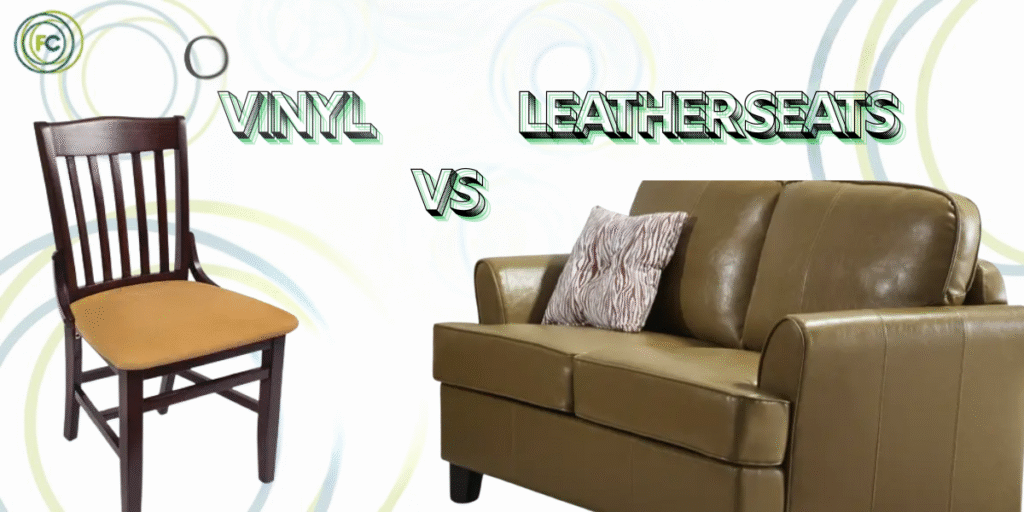
Selecting seating for behavioral healthcare settings requires careful thought. Chairs in these environments do much more than provide a place to sit. They affect hygiene, durability, upkeep, cost, and the comfort of residents and staff. The ongoing comparison of vinyl vs leather seats is an important consideration because each material brings distinct strengths and weaknesses. In mental health centers, addiction recovery programs, residential care, and human services facilities, seating has a direct impact on safety, atmosphere, and efficiency.
This article examines vinyl seats and leather seats in detail, looking closely at hygiene, durability, maintenance, and long-term value. By the end, you’ll have the insight needed to identify which option aligns best with the demands of behavioral healthcare environments.
Understanding Vinyl and Leather Materials
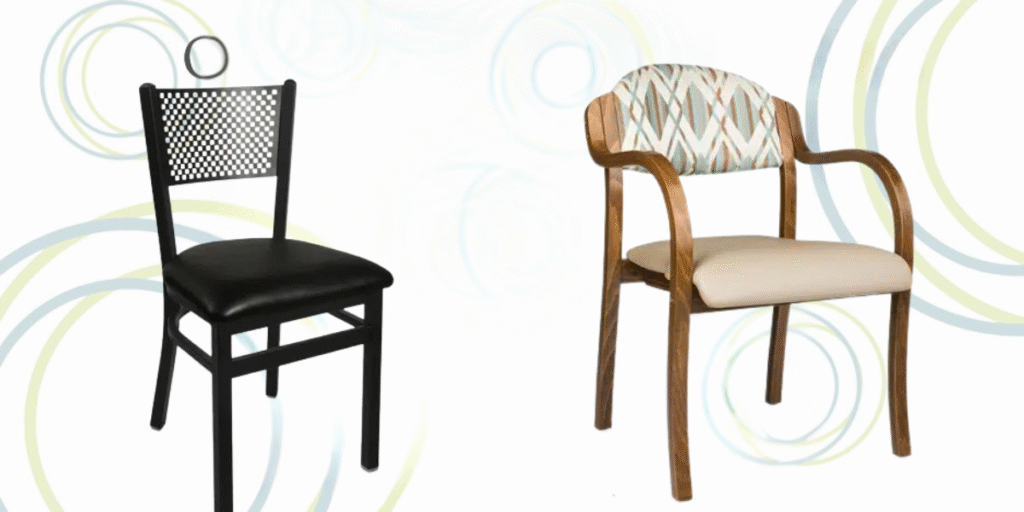
When comparing vinyl vs leather seats, it helps to start with their essential qualities. Both are widely used in seating, yet they serve different purposes in healthcare settings. Vinyl is valued for its practicality in high-use environments, while leather is appreciated for its upscale, residential look.
Vinyl Seats
Vinyl seats are made from synthetic materials that are waterproof, non-porous, and resistant to microbes. Medical-grade vinyl supports infection prevention, making it a top choice in care facilities. You can customize a vinyl chair or a vinyl metal seating option in a variety of finishes, including some that mimic the look of leather.
Leather Seats
A leather chair adds natural warmth and an upscale appearance. Several types of leather seats exist, including full-grain, top-grain, and bonded leather, each with its own price point and durability. Still, the porous quality of leather and its sensitivity to cleaning chemicals make it less practical in healthcare spaces where frequent sanitation is a priority.
Which Works Best in Behavioral Healthcare Environments?
For behavioral healthcare facilities, the decision between vinyl vs leather seats requires attention to hygiene, daily wear, cost efficiency, and comfort. These factors guide the best choice for each space.
Prioritizing Hygiene
In healthcare, infection control is essential. Vinyl seats perform well because their non-porous surfaces resist absorption of liquids and contaminants. Cleaning a vinyl chair is quick and effective with disinfectants. A leather chair, on the other hand, requires careful cleaning and can be damaged by strong chemicals, making consistent sanitation more difficult.
Balancing Durability and Daily Use
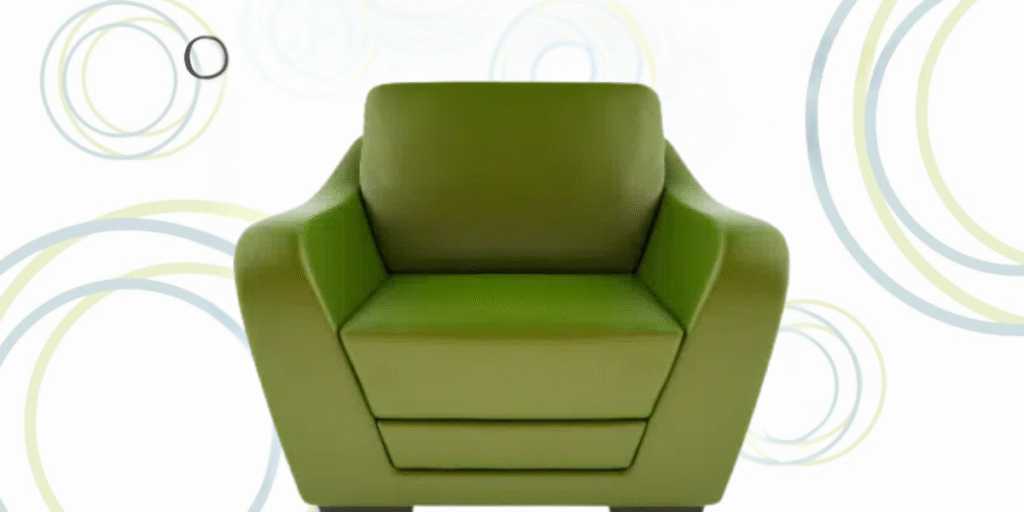
Behavioral healthcare environments demand furniture that can handle constant use. Vinyl chairs maintain strength even after years of heavy wear. Leather seats, while durable at home or in offices, tend to crack or scratch under the demands of daily cleaning and movement in healthcare settings.
Maximizing ROI with the Right Seating Choice
The long-term return on investment favors vinyl seats and vinyl metal seating. These require less maintenance and last longer, reducing replacement costs. Leather chairs can be visually appealing, but often lead to higher expenses in the long run due to shorter durability in demanding environments.
Supporting Resident Comfort and Environment
Comfort and atmosphere remain important considerations. Modern vinyl chairs replicate the appearance of leather while providing stain resistance and easy maintenance. Leather seats bring a tactile luxury but fall short in hygiene-focused spaces where practicality matters most.
Durability and Longevity: Which Material Lasts Longer?
Durability is vital for facilities where furniture is in constant use. Comparing vinyl vs leather seats shows how each responds over time.
Vinyl Seats Durability
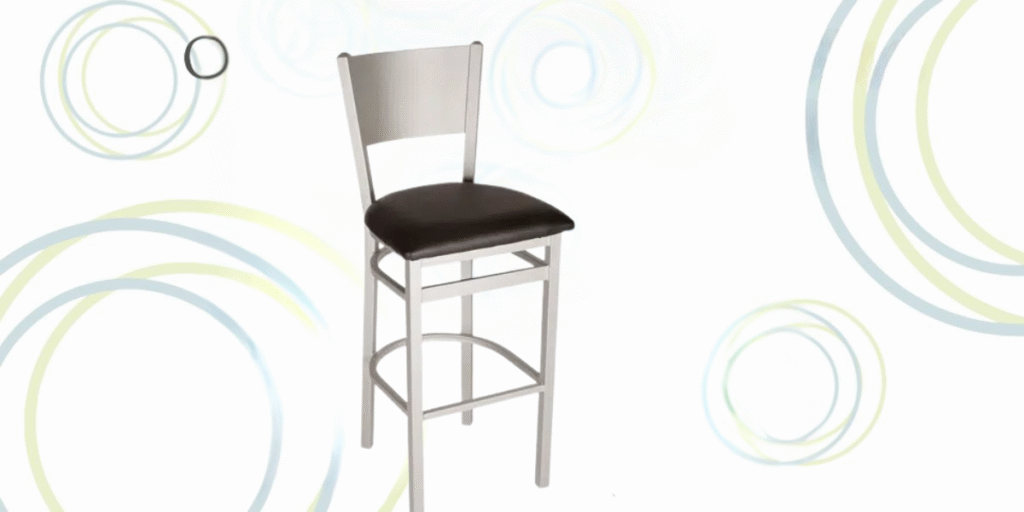
Vinyl chairs are designed to resist scratches, scuffs, and tears. They handle frequent cleaning without breaking down, making vinyl seats the stronger option for healthcare facilities that need reliable, long-term performance.
Leather Seats Durability
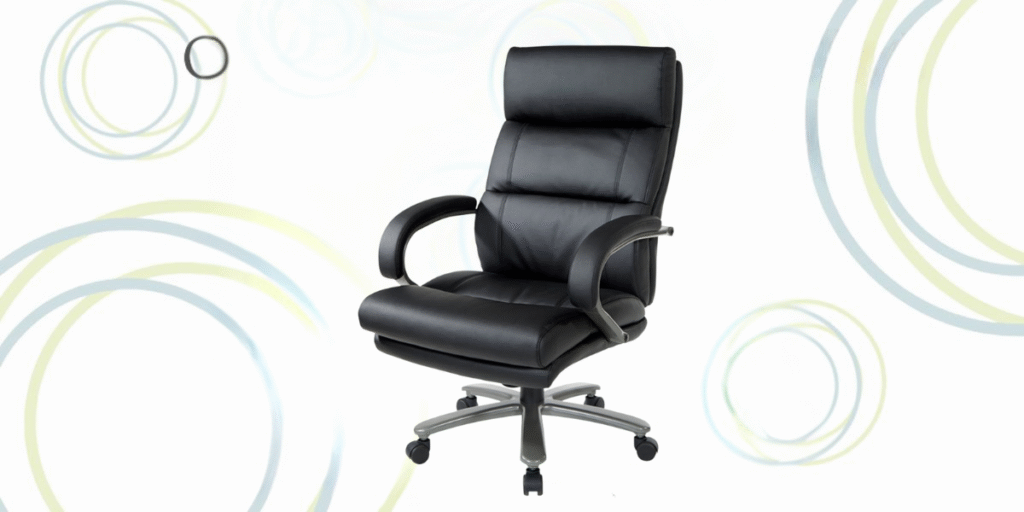
Although leather chairs can last in home or office environments, they wear down more quickly in care settings. Repeated exposure to cleaning chemicals accelerates cracking and fading, giving leather seats a shorter lifespan compared to vinyl in healthcare.
Cleaning and Maintenance Considerations
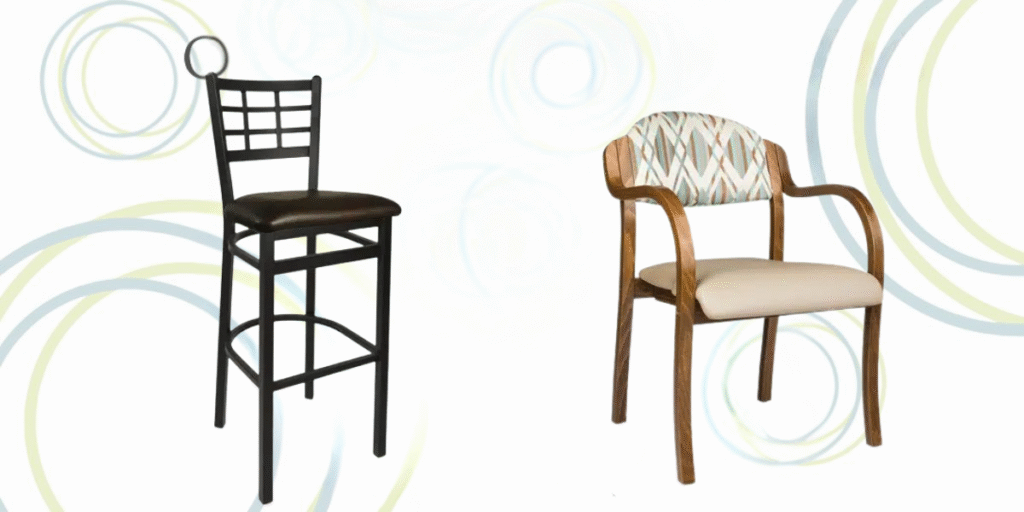
Furniture in care settings must be easy to keep clean and safe. When evaluating vinyl vs leather seats, the difference in upkeep is significant.
Vinyl Maintenance
Vinyl chairs and vinyl metal seating are simple to maintain. Mild soap or healthcare disinfectants are effective, and the non-porous surface blocks stains and spills. This makes vinyl a dependable option for facilities with demanding cleaning routines.
Leather Maintenance
A leather chair requires special cleaners and conditioning to preserve its softness. Regular disinfecting, which is necessary in healthcare, can damage the material and shorten its life, making leather harder to justify in these settings.
Moisture, Stain, and Flame Resistance
Spills, stains, and fire safety are daily concerns in behavioral healthcare. Resistance levels help determine whether vinyl vs leather seats make the better choice.
Vinyl Resistance
Vinyl seats offer strong resistance to moisture and stains, supporting long-term use in group homes and recovery centers. Many vinyl chairs also meet flame-retardant standards required for healthcare facilities.
Leather Resistance
A leather chair absorbs liquids, making it more vulnerable to staining. To meet flame standards, leather often requires additional treatment, which can weaken the material over time.
Cost and Long-Term Value
Budget planning is critical in facility management, and vinyl vs leather seats present different financial outcomes. Vinyl tends to offer stronger long-term value.
Vinyl Cost Efficiency
A vinyl chair is affordable to purchase and requires little ongoing care. Vinyl seats have long lifespans, reducing replacement frequency and aligning with tight healthcare budgets.
Leather Cost Considerations
A leather chair usually costs more upfront and needs regular maintenance. In healthcare, frequent replacement due to wear makes leather more costly over time.
Comfort and Resident Experience
How residents feel in their environment affects overall care outcomes. Both vinyl seats and leather seats contribute differently to that experience.
Vinyl Comfort
Modern vinyl chairs are designed with textures that mimic leather, providing both visual appeal and comfort. They adapt well to different temperatures and suit the needs of residents in behavioral healthcare settings.
Leather Comfort
A leather chair delivers a rich, comfortable feel. Yet, in hygiene-sensitive spaces, the added comfort does not outweigh the maintenance challenges. Leather may still be suitable for private offices or low-traffic lounges.
How Furniture Concepts Supports Durable, Hygienic Seating Solutions

At Furniture Concepts, we understand that selecting between vinyl vs leather seats requires a balance of durability, hygiene, and comfort. Our range includes vinyl chairs, vinyl metal seating, and leather chairs designed for mental health, addiction recovery, and residential care environments.
- Vinyl chairs: Durable, easy to disinfect, and resistant to stains.
- Vinyl metal seating: Combines strong metal frames with practical vinyl upholstery.
- Leather chairs: Available for facilities that prefer an upscale look, with guidance on proper care.
We work with organizations to help them choose seating that enhances resident comfort, supports infection control, and delivers long-term value.
Making the Right Choice for Behavioral Healthcare Spaces
The comparison of vinyl vs leather seats highlights clear differences in hygiene, durability, maintenance, cost, and comfort. For most behavioral healthcare environments, vinyl chairs and vinyl metal seating prove to be the stronger choice. They offer easy cleaning, longer lifespans, and better financial value. Leather chairs still have a place in select areas where comfort and aesthetics are prioritized, but they lack the resilience required in high-use spaces. Considering these factors helps facilities make informed decisions that promote safety, comfort, and operational success.
Ready to upgrade your seating? Contact Furniture Concepts today to explore durable, hygienic, and cost-effective solutions tailored to your facility.


